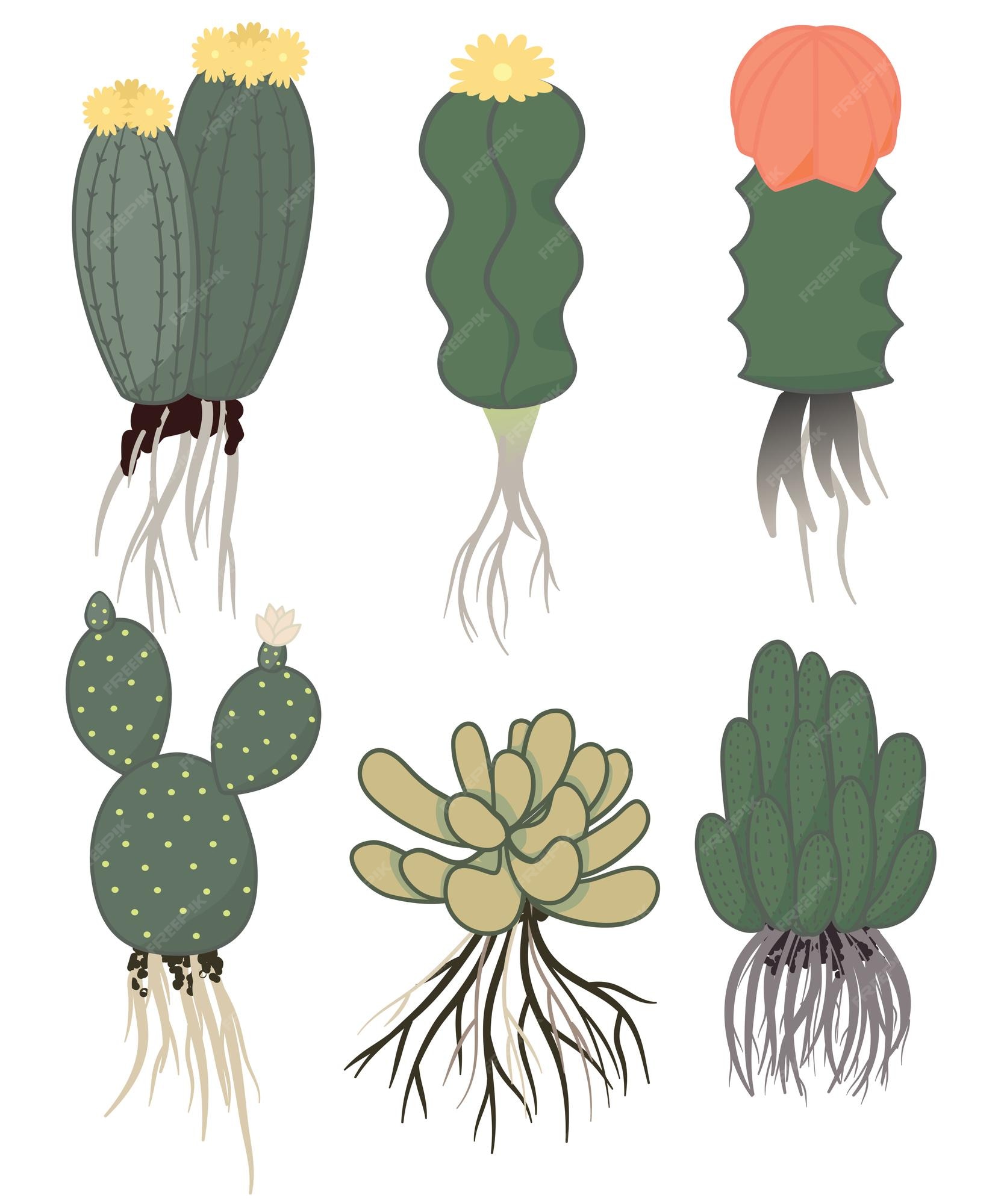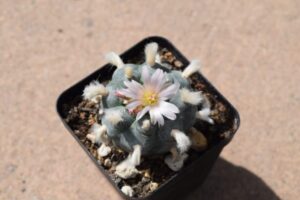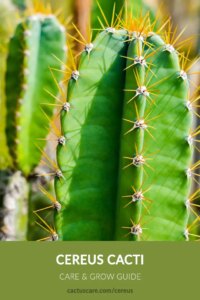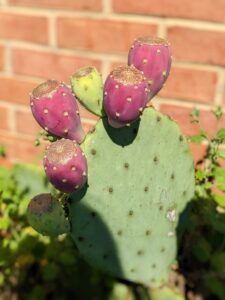Cacti, iconic symbols of arid landscapes and resilient flora, possess complex root systems that are pivotal to their survival in hostile environments. Understanding these root systems offers insights into their adaptability, hydration strategies, and overall plant health. This article delves deeply into the anatomy of cactus roots, exploring their types, functions, and significance in their native ecosystems.
Most individuals visualize cacti as spiny, green columns reaching for the sun, but their roots play a crucial role in ensuring their survival. The complexity of a cactus’s root system can often be overlooked, yet it is essential for water absorption, stability, and nutrient uptake.
The Variety of Cactus Root Types
Cacti exhibit two primary root systems: taproot systems and fibrous root systems. Each serves distinctive purposes and adapts uniquely to the environmental conditions of the regions they inhabit.
Taproot Systems: The Deep Divers
Some cactus species, particularly those found in extremely arid regions, develop a robust taproot. This central, thick root can grow deeply into the soil, reaching groundwater sources that are inaccessible to other plants. By delving deep, the taproot ensures that the cactus can survive prolonged droughts, leveraging water reserves that remain below the surface.
The taproot is often complemented by lateral roots which spread horizontally, providing stability to the plant and helping to absorb any rainfall that does reach the surface. This dual function of deep water access and surface moisture harvesting is crucial for survival in their native habitats where rainfall is sporadic.
Fibrous Root Systems: The Surface Seekers
In contrast to the taproot system, many cacti have fibrous roots that form a dense network just beneath the soil surface. These roots are typically shallow but extensive, allowing them to absorb moisture quickly when it does rain. The fibrous root system is particularly advantageous in ecosystems where rainfall, though infrequent, arrives in sudden bursts.
The ability to capture moisture rapidly means that these cacti can take full advantage of brief periods of hydration. Additionally, the fibrous roots are adept at anchoring the plant in loose, sandy soils, preventing it from being blown over by strong winds or washed away during flash floods.
Adaptation to Environmental Conditions
The diverse root structures of cacti are paramount to their adaptation to extreme environments. In desert ecosystems, the combination of low precipitation and high evaporation rates necessitates unique adaptations. In these areas, both taproots and fibrous roots enable cacti to maximize the little water that does fall.
Different species adapt their root systems based on their surroundings. For instance, the Saguaro cactus features a prominent taproot, while the Cholla cactus, with its more fibrous network, thrives in regions with a different moisture availability profile. This adaptability is a testament to the evolutionary strategies that cacti have developed over millions of years to cope with challenging climates.
The Role of Roots in Nutrient Uptake
Cactus roots do more than just absorb water; they also play a vital role in nutrient uptake. Both macronutrients, such as nitrogen and phosphorus, and micronutrients, including iron and zinc, are essential for cactus growth and reproduction. The root systems of cacti are equipped to explore the soil, absorbing these nutrients efficiently.
Furthermore, cacti often form symbiotic relationships with mycorrhizal fungi. These fungi colonize the roots and enhance nutrient absorption, particularly in nutrient-poor soils. In return, the cacti provide the fungi with carbohydrates through photosynthesis. This relationship underlines the interconnectedness of life in desert ecosystems, where every organism plays a role in the sustainability of the environment.
Understanding Root Adaptation Through Seasons
Seasonal changes significantly impact cactus root dynamics. During periods of rain, cacti engage in rapid root growth, extending their fibrous roots to maximize moisture uptake. Conversely, in dry seasons, cactus roots may become dormant or even die back, conserving energy and resources.
This ability to alter root growth in response to environmental conditions exemplifies the flexibility and resilience of cacti. Their roots are crucial not only for survival but also for their reproductive strategies. During blooming periods, healthy root systems ensure that cacti can support the energy demands of flowering and fruiting.
Implications for Cultivation and Care
Understanding cactus root systems is not only essential for botanists and ecologists but also for hobbyists and cultivators. When cultivating cacti, attention to the root environment is vital. Well-draining soil is critical to prevent root rot, a common issue caused by overly wet conditions.
Moreover, potting cacti in containers that provide adequate space for root expansion encourages healthy growth. Knowledge of their root systems can also influence watering schedules—cacti do not require frequent watering, and overwatering can be detrimental to their root health.
To ensure optimal health, gardeners should emulate the natural growing conditions of cacti. This includes infrequent watering and allowing the soil to dry out between watering sessions. Understanding the unique root systems of cacti can significantly enhance their success in both natural and cultivated environments.
In conclusion, the roots of cactus plants are remarkably adapted systems that allow them to thrive in some of the most challenging environments on Earth. From deep taproots to extensive fibrous root networks, these structures are essential for hydration, stability, and nutrient uptake. As interest in cactus cultivation continues to grow, recognizing the importance of these root systems will be invaluable for ensuring their health and longevity, both in the wild and in home gardens.





Leave a Comment